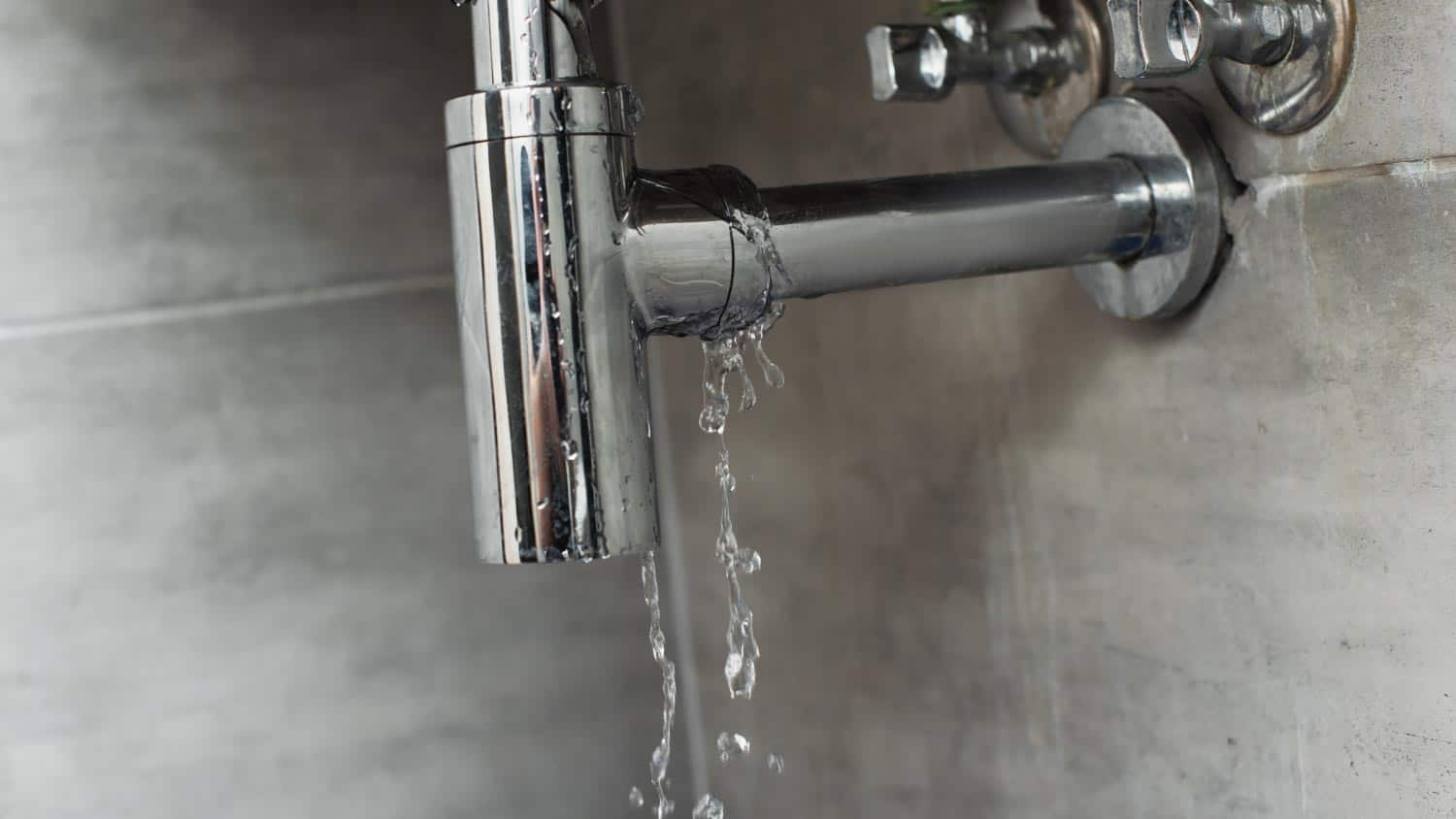Guide To Water Leak Discovery At Home
Guide To Water Leak Discovery At Home
Blog Article
Everybody maintains their unique opinion involving Locating water leaks.

Early discovery of leaking water lines can mitigate a potential disaster. Some tiny water leaks might not be noticeable.
1. Examine the Water Meter
Every home has a water meter. Checking it is a proven way that aids you uncover leaks. For beginners, switch off all the water resources. Guarantee no person will certainly flush, utilize the tap, shower, run the washing equipment or dish washer. From there, go to the meter as well as watch if it will certainly transform. Since no one is utilizing it, there ought to be no activities. That indicates a fast-moving leak if it relocates. Likewise, if you spot no changes, wait an hour or two and examine back once more. This indicates you may have a sluggish leakage that could even be below ground.
2. Check Water Consumption
Analyze your water expenses and track your water usage. As the one paying it, you should see if there are any type of discrepancies. If you detect sudden changes, regardless of your intake coinciding, it means that you have leakages in your plumbing system. Remember, your water expense should drop under the very same array each month. An abrupt spike in your expense suggests a fast-moving leakage.
Meanwhile, a consistent rise on a monthly basis, despite having the very same behaviors, shows you have a slow-moving leak that's also gradually intensifying. Call a plumber to extensively check your residential or commercial property, especially if you really feel a cozy location on your flooring with piping underneath.
3. Do a Food Coloring Examination
When it comes to water usage, 30% comes from bathrooms. If the color somehow infiltrates your dish during that time without flushing, there's a leak between the tank and also dish.
4. Asses Outside Lines
Don't forget to inspect your exterior water lines as well. Test spigots by connecting a yard hose. Ought to water leak out of the connection, you have a loose rubber gasket. Replace this and also make certain all connections are tight. If you have actually got an automatic sprinkler, it will certainly assist get it professionally examined and preserved each year. One tiny leak can squander lots of water as well as surge your water bill.
5. Examine and Evaluate the Circumstance
Homeowners must make it a habit to check under the sink counters and also also inside closets for any kind of bad odor or mold and mildew development. These 2 warnings suggest a leakage so punctual attention is required. Doing routine examinations, also bi-annually, can save you from a significant problem.
Check for discolorations as well as deteriorating as many home appliances and also pipelines have a life span. If you presume dripping water lines in your plumbing system, do not wait for it to intensify.
Early detection of leaking water lines can mitigate a prospective calamity. Some tiny water leakages might not be visible. Checking it is a guaranteed method that helps you find leaks. One small leakage can lose bunches of water as well as surge your water bill.
If you suspect leaking water lines in your plumbing system, do not wait for it to intensify.
How to Know If Your Home Has a Hidden Leak
Water Meter Reveals Inexplicable Water Usage
If you’d like to test whether or not there’s a leak somewhere in your home, you can do this using your water meter. Here is how to conduct the test:
Don’t use any water in your home for at least 30 minutes; this also means not turning on faucets or water-using appliances.
Go outside, and check your water meter for activity.
If your water meter shows that there was activity, even though no one was using any water, this proves that there is a leak in your home.
Visible Mold or Mildew Growth
Leaks behind walls create moist, dark environments that allow mold and mildew to grow and thrive. Eventually, you might see mold growth forming on the wall closest to a hidden leak.
If mold is growing in an area that receives a high amount of moisture, such as a bathroom, it may simply be an indication that better ventilation is needed. However, if you see mold growth on a wall or the ceiling in an area where you would not expect, you probably have a hidden leak.
Musty, Mildew Odor
Sometimes you might not be able to see the mold or mildew that is growing as a result of a leak. However, the smell can give the problem away just as easily. If you catch a whiff of something musty, there’s a good chance that old water is collecting somewhere in your home that you can’t see.
Stained/Warped Walls, Ceilings, or Floors
When your home soaks up water, a variety of red flags can become visible, including ceiling stains, bubbling drywall, warped walls, and sagging floors. While these issues can be caused by excess humidity, they can also be signs that a pipe or plumbing connection has started leaking behind your walls.
Inexplicably High Water Bill
After a while, you get a general sense for what your water bill should be. If you own a pool or sprinkler system, your bill will tend to be higher during summer. However, if you receive a water bill that seems especially high, and you can’t figure out what caused it, then you may have a hidden leak somewhere that’s increasing your bill.
https://www.plumbingjoint.com/blog/2019/july/how-to-know-if-your-home-has-a-hidden-leak/

I hope you liked our excerpt on Top leak detection hacks. Thanks for spending some time to read through our post. Remember to take the time to promote this entry if you enjoyed reading it. We truly appreciate reading our article about Hacks to detect leaks.
Report this page